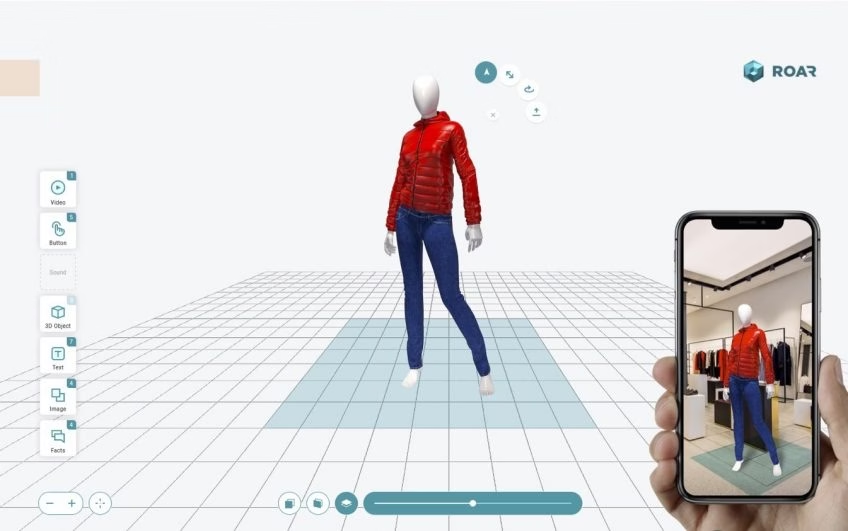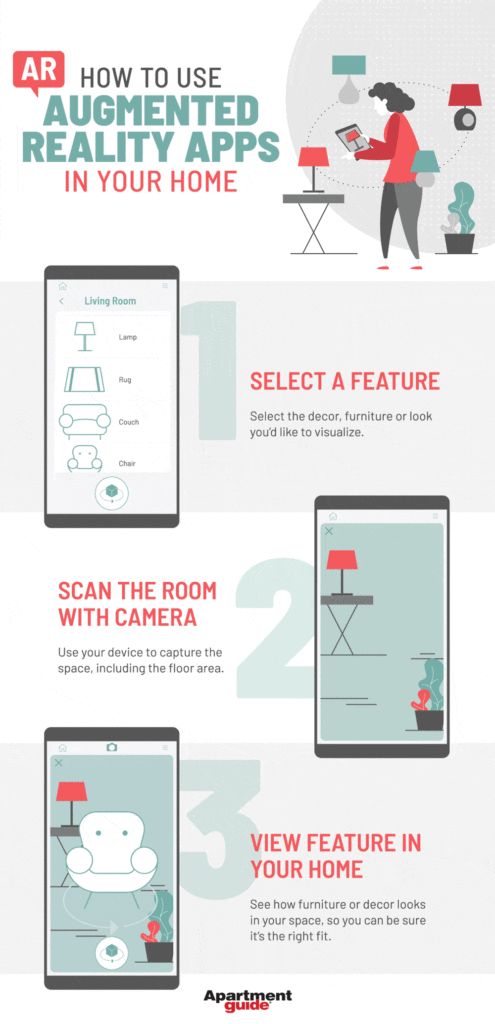Augmented reality (AR) has become a popular technology in the past few years, providing a unique and interactive way of experiencing content. From mobile games to marketing campaigns, AR has been used to engage and entertain audiences across various industries. However, creating AR content is not an easy task and requires a specific set of skills and knowledge. In this guide, we will explore the steps and tools needed to create compelling AR content.
To start with, it’s essential to understand what augmented reality is and how it works. AR is a technology that overlays digital content onto the real world, creating an interactive and immersive experience for the user. This is achieved through the use of a camera and a screen, which captures the real-world environment and overlays digital elements onto it in real-time. To create AR content, you need to have a good understanding of the technology behind it and the tools required to bring your ideas to life. In this guide, we will dive into the process of creating AR content, from ideation to implementation, and provide valuable tips and insights along the way.
Augmented Reality (AR) content can be created using a variety of software tools. To get started, you will need a 3D modelling program, a 3D game engine, and an AR SDK. Here’s a step-by-step guide:
- Step 1: Choose a 3D modelling program and learn how to use it. Popular choices include Blender, Autodesk 3DS Max, and Maya.
- Step 2: Create the 3D models for your content. You can design them from scratch or use existing models from online libraries.
- Step 3: Select a 3D game engine to render your 3D models. Popular choices include Unity and Unreal Engine.
- Step 4: Choose an AR SDK to develop the AR content. Popular choices include Apple ARKit, Google ARCore, and Vuforia.
- Step 5: Connect the 3D game engine to the AR SDK and start developing the AR content.

What is Augmented Reality?
Augmented Reality (AR) is a technology that enables digital information to be viewed in a physical environment. It has the potential to revolutionize the way people interact with the world around them. AR can be used to enhance physical objects, provide information about them, or even create entirely new experiences.
How to Create Augmented Reality Content?
Creating Augmented Reality (AR) content is a complex process that requires a range of skills, tools, and techniques. It is important to understand the entire process before trying to create your own AR content.
1.Choose Platform
The first step in creating AR content is to decide which platform you want to use. Popular platforms include Apple’s ARKit and Google’s ARCore, which are both free to use and have wide support for developers. Other options include Vuforia, Wikitude, and Kudan. Each platform has its own advantages and disadvantages, so it’s important to do your research before committing to one.
2.Create 3D Model
The next step is to create the 3D model that will be used for the AR experience. Many developers use 3D modeling software such as Autodesk Maya or Blender to create their models. Alternatively, you can purchase 3D models online or use existing models from platforms such as Sketchfab. Once the model is created, it must be exported as an OBJ or FBX file.
3.Create AR Experience
Once the 3D model is ready, it can be imported into the AR platform of your choice. Most platforms have their own software development kits (SDKs) that allow developers to create custom AR experiences. Depending on the platform, the SDK will provide access to a range of tools such as 3D object tracking, virtual object recognition, and immersive audio and video support.
4.Test and Publish
Testing is an important part of the AR development process. It is important to test your AR experience on a range of devices to ensure compatibility and performance. Once the experience is tested and ready to go, it can be published to the platform of your choice. This will make the experience available to users who have the platform installed.
5.Promote and Measure
The final step is to promote the AR experience and measure its success. This can be done through traditional and digital marketing channels, as well as by leveraging influencers and social media. Once the experience is launched, it is important to monitor user feedback and usage data to identify opportunities for improvement.
Frequently Asked Questions
Augmented Reality (AR) is the technology that layers digital content on top of the real world. It has been used to create interactive and engaging experiences for a variety of applications, ranging from art and entertainment to education and training. This article will discuss how to create AR content.
What is Augmented Reality?
Augmented Reality (AR) is a technology that enables users to overlay digital content on top of the real world. The technology makes it possible to experience something that is not there in reality, such as 3D objects, animations, and videos. Using AR, users can interact with digital content in a more immersive way. It has been used in various applications such as games, educational apps, and marketing campaigns.
What are the Steps for Creating AR Content?
Creating AR content requires a few steps. First, you need to decide what type of content you want to create. This could be 3D objects, animations, videos, or any other type of content. Once you have decided on the type of content, you can start to design and develop it. You will need a tool to create the content, such as a 3D modeling software or a game engine. After the content is created, it needs to be uploaded to an AR platform, such as Google’s ARCore or Apple’s ARKit. Finally, you need to test the content to make sure it works properly.
What are the Benefits of Creating AR Content?
Creating AR content can be a great way to engage users and create interactive experiences. It can be used to create educational apps, immersive marketing campaigns, and even games. The content can be tailored to the user’s environment, allowing for a more personalized experience. Additionally, AR content can be used to improve customer service, as it can provide real-time information and support.
What are the Challenges of Creating AR Content?
Creating AR content can be challenging due to the complexity of the technology. It requires a deep understanding of AR technology and 3D modeling software. Additionally, creating content for AR can be time-consuming and expensive, as it requires a lot of resources. Finally, testing the content can be difficult, as it requires a device with the necessary hardware and software.
What is the Future of AR Content?
AR content is quickly becoming more accessible and popular. As the technology continues to evolve, it will become more powerful and easier to use. This will make it possible to create more complex and immersive content. Additionally, the cost of creating AR content will decrease, making it more accessible to developers and businesses. In the future, it’s likely that AR content will be used in a variety of applications, such as education, entertainment, and marketing.
In conclusion, creating augmented reality content has become increasingly accessible and important in today’s digital age. With the advancements in technology, the potential for AR is limitless, and it’s up to creators to make use of this exciting medium. Whether you’re an artist, marketer, or educator, incorporating AR into your content can enhance the user experience and provide a new level of engagement.
To get started with creating AR content, it’s important to choose the right tools and software for your needs, and to have a clear vision of what you want to achieve. Then, it’s all about experimenting, testing, and refining your content until it reaches its full potential. With the right approach and dedication, anyone can create compelling augmented reality content that captivates audiences and adds value to their brand or message. So why not take the plunge and explore the world of AR content creation today?


